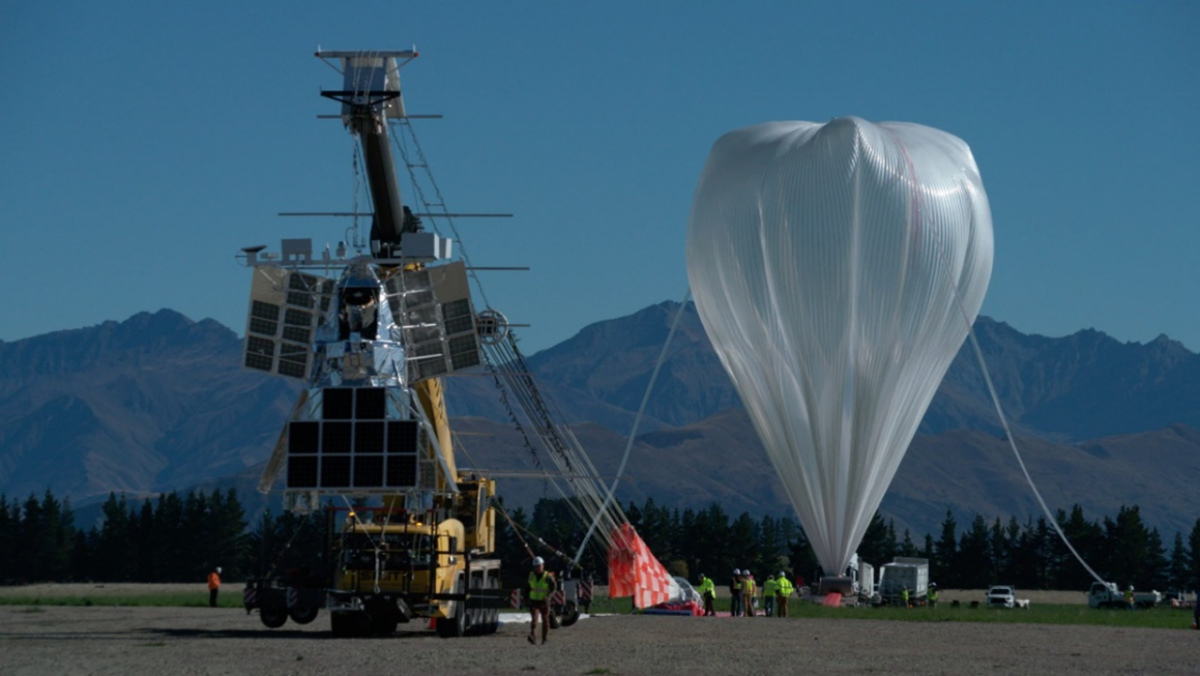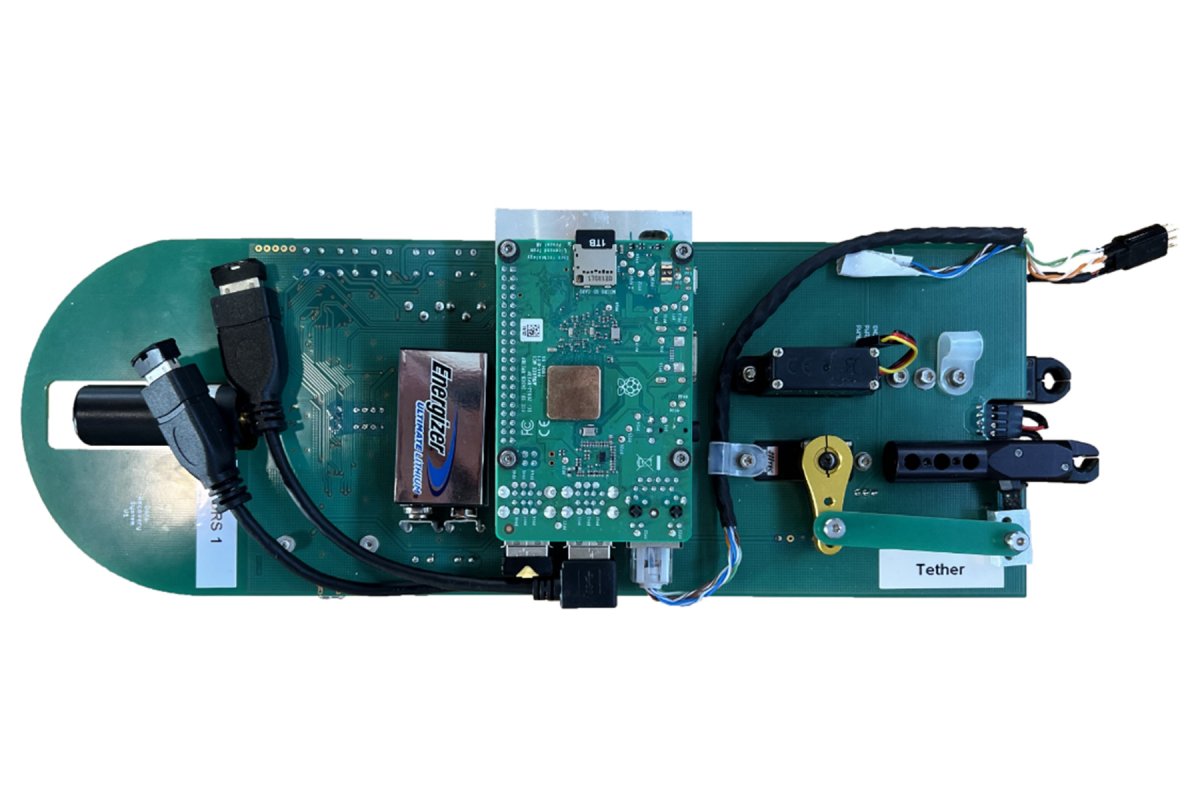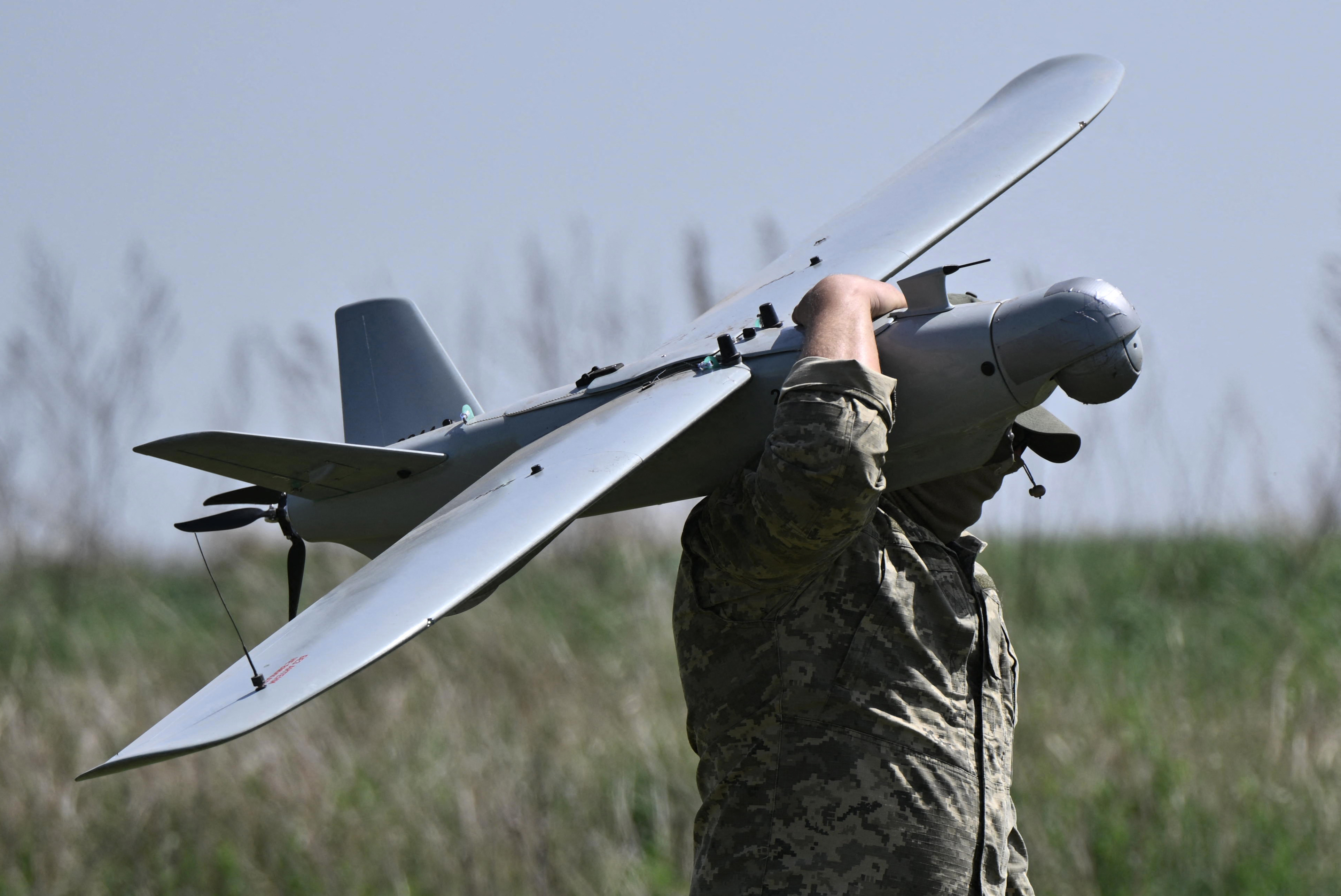Information about mysterious dark matter had a whirlwind journey to recovery after a balloon telescope crash-landed, with the data being saved thanks to a special recovery system.
The Super Pressure Balloon Imaging Telescope (SuperBIT) was launched in April from New Zealand, attached to a huge helium balloon that floated in the upper atmosphere, intended to map the distribution of dark matter in nearby galaxies.
When the telescope lost communications with the researchers and damaged as it fell dramatically to Earth, the scientists feared that the precious information was lost. However, two Data Recovery System packages containing over 200 gigabytes of SuperBIT's information were found to have safely descended by parachute, enclosed inside a chicken roasting bag.

The scientists hope that this first successful use of the Data Recovery System could be used as a last-ditch measure in other missions to prevent the loss of important data in the case of disaster, according to a new study in the journal Aerospace.
"[The telescope] was brought down on a parachute, which is the standard procedure. This always damages the experiment to some extent, however, in this case the parachute failed to detach (we are still investigating why), and so the telescope got dragged along the ground for some time. Because of this the damage was more extensive than usual," Ellen Sirks, a postdoctoral researcher in dark matter at the University of Sydney's School of Physics, and paper-co-author, told Newsweek.
In the paper, the authors describe how the SuperBIT telescope circumnavigated the glove five times over a 40-day period, collecting space data on dark matter. Dark matter is a form of matter that does not interact with regular matter as we know it, nor the electromagnetic spectrum, making it unobservable except by spotting its influence via gravity.
"Dark matter is the most common form of matter and its gravity shapes our universe—but it is completely invisible, so we don't yet know much about it," Richard Massey, a professor of astrophysics at Durham University and paper co-author, told Newsweek. "We even have to map where it is by indirectly watching its effect on things around it that we can see. It's like trying to map the wind by watching where leaves blow."
Instead of being downloaded by satellite, the data aboard the telescope was stored locally, as line-of-sight is needed to quickly download, and this isn't ideal for a balloon telescope.
"Early in the mission, data were transmitted to ground stations via satellite communication links. However, these connections became unstable a few weeks into the mission. In general, using satellite communications can be very slow and expensive, especially considering the amount of data we were collecting per night (of the order of 20GB per night). The drop packages are intended as back up and redundant data storage, which in this case turned out to be quite essential!" Sirks said.
In case of disaster, the scientists included a fail-safe data rescue plan in the form of the Data Recovery System, comprised of small computers with SD cards and a GPS tracker, enclosed within a waterproof chicken roasting bag, and a parachute.
After the telescope crash-landed in Argentina, these Data Recovery Systems were proven to be successful at recovering the data that would otherwise have been lost in the catastrophe.

"We had built up to this by first throwing prototypes of tall buildings, then dropping individual components from small weather balloons to try them. Just before COVID, we managed to test a full prototype and it almost worked... it kept overheating and turning itself off until it cooled down," Massey said. "This time we got the thermal management right—we added a 'radiator' (which in this case keeps it cold, by radiating heat to space)."
Even after the Data Recovery System made it safely to the ground, the researchers had to go through somewhat of an ordeal to reach it, cooperating with local police to find the packages considering the rough terrain, and finding signs of cougars lurking nearby.
"We hadn't bargained on the local wildlife finding it before we did. We made the spongy outer shell from expanding foam inside a chicken roasting bag," Massey said. "One got dragged around by a cougar. Will have to make the next one smell bad!"
Update 11/15/23, 12:45 p.m. ET: This article was updated with comment from the study authors.
Do you have a tip on a science story that Newsweek should be covering? Do you have a question about data recovery? Let us know via science@newsweek.com.
Uncommon Knowledge
Newsweek is committed to challenging conventional wisdom and finding connections in the search for common ground.
Newsweek is committed to challenging conventional wisdom and finding connections in the search for common ground.
About the writer
Jess Thomson is a Newsweek Science Reporter based in London UK. Her focus is reporting on science, technology and healthcare. ... Read more
To read how Newsweek uses AI as a newsroom tool, Click here.






